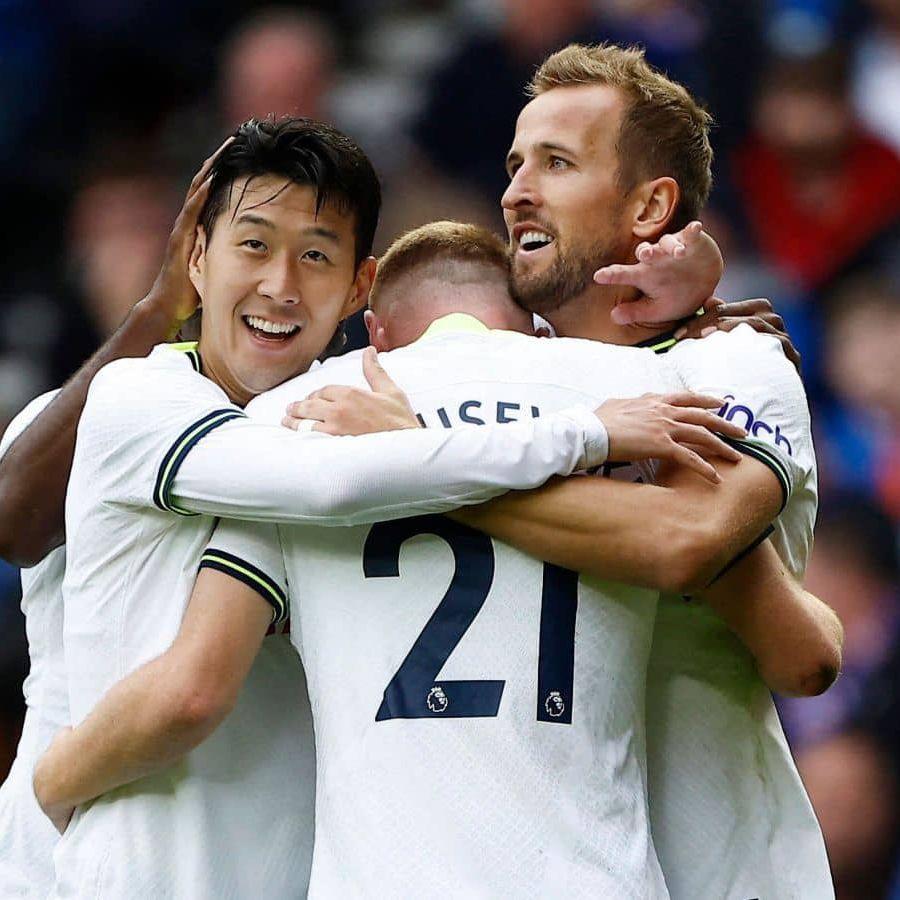Winning the Europa League, should Son Heung-min manage it for Tottenham, won`t settle the debate about their `Big Six` status; it will merely ignite further discussion. If they secure their first major trophy since 2008, some will argue Spurs are rightfully back among the elite, while others might claim English football’s perennial underachievers never truly departed.
However, there`s a strong case to be made that they never should have been consistently included in this group in the first place.
Spurs` victory over Eintracht Frankfurt in the quarter-finals was a commendable achievement, particularly given their poor form in domestic matches this season. Monday night’s listless performance against Nottingham Forest followed just four days after that inspiring European win.
Their recent European run has been impressive, and hopefully, they can go all the way and bring the trophy home next month.

If they succeed, it will finally end a frustrating 17-year wait for silverware – roughly the time it takes to walk from their stadium to Seven Sisters Tube station.
Their 2008 League Cup victory over Chelsea is a rapidly fading basis for historical renown. That success came less than a decade after they had previously won the same trophy. Historically, Tottenham, the older North London club, have not been serial winners.
Tottenham aspire to play attractive football and have featured talented individuals like David Ginola, Glenn Hoddle, and Paul Gascoigne. Ultimately though, they are arguably more famous for *being* famous, much like personality Gemma Collins.

So, what exactly is the justification for their inclusion in the so-called Big Six by so many within the football world?
In an era of dynamic financial landscapes, where clubs can be rapidly transformed by foreign investment, perhaps it’s time to discard the notion of a fixed elite group.
Defining the size of a football club lacks any single universal measure. It’s genuinely surprising, as football moves towards total automation, that some clever person hasn`t devised a complex algorithm to calculate it precisely.
Perhaps it could involve stadium capacity multiplied by the number of honours, then dividing that by the length of time between trophy wins. Or maybe factoring in financial reserves, international players, losses squared, all relative to league position.
Football today bears little resemblance to the 1980s. Back then, it was easier to gauge a club`s standing before money significantly distorted the equation. Life felt simpler. Along with Manchester United, Liverpool, Arsenal, and Everton, Tottenham were in a class of their own. It’s far less clear-cut now.
Behind the Competition
They possess a beautiful, large stadium – Stamford Bridge appears tiny in comparison – yet Chelsea are now undeniably the most successful club in London.
Newcastle are now flush with Saudi cash and winning this season’s Carabao Cup means they have matched Tottenham’s trophy count since 2008. Aston Villa are re-emerging from decades of underachievement; they entertained us in the Champions League this season and are fighting hard to qualify again.
Manchester City were long the unfancied neighbours of United for years, with Eddie Large perhaps their most famous fan. Yet, despite this season being a write-off in terms of trophies (aside from a potential FA Cup), they may still qualify for a 14th consecutive Champions League campaign. They hold billions in their owners` vaults and have amassed four successive Premier League titles, even if the Etihad Stadium isn`t the largest.
Resentment
Tottenham have finished outside the top six in only two seasons since 2010. Yet this season they sit 16th, and every match at their impressive new ground is tinged with fan resentment towards the ownership.
They are on course to lose more league games than they win this season.
Even if Son does lift that Europa League trophy, three cups in 26 years is hardly a massive haul. Relegated Leicester City have won bigger honours – the Premier League title and the FA Cup – in the past decade alone.
It’s incredibly complex trying to definitively determine who the biggest and best clubs are. Maybe the simpler approach is to reverse the question and instead of struggling to decide who *is* in the Big Six, figure out who *isn’t*. When viewed this way, the Tottenham situation becomes much more straightforward.

